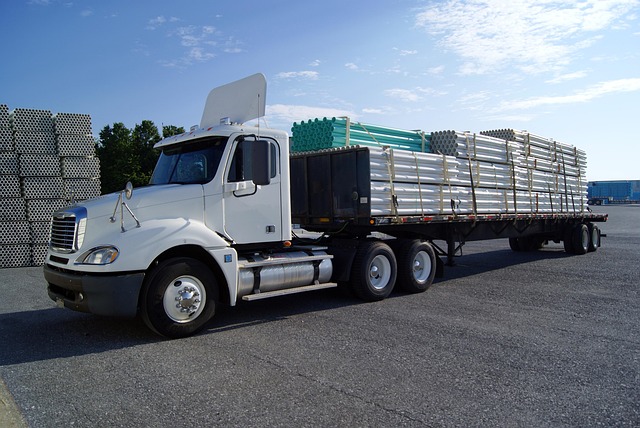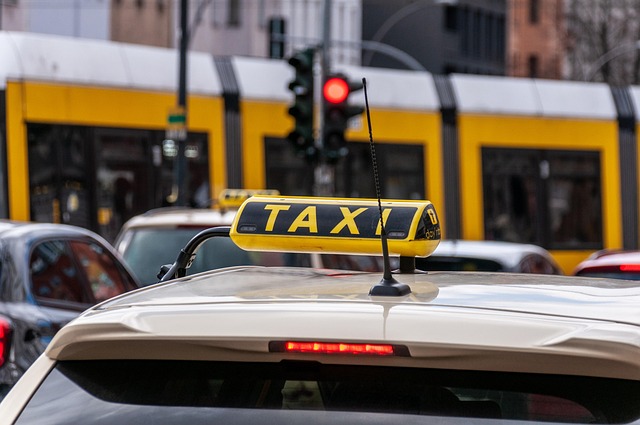Looking to register your car in California? Navigating the process can be straightforward if you understand the state’s requirements. This guide breaks down everything from gathering essential documents for VIN verification to the role of the DMV. Learn the steps involved, common mistakes to avoid, and more, ensuring a smooth registration experience in the Golden State.
- Understanding California Car Registration Requirements
- Gathering Necessary Documents for VIN Verification
- The Role of the DMV in Car Registration Process
- Steps to Register a Vehicle in California: A Guide
- Common Mistakes to Avoid During VIN Verification
Understanding California Car Registration Requirements

In California, car registration is a crucial process that ensures vehicles on the road meet safety and environmental standards. Before registering your vehicle, understanding the state’s requirements is essential. One key aspect is ensuring accurate and up-to-date information, including the Vehicle Identification Number (VIN) verification. The VIN, unique to each vehicle, serves as a digital fingerprint, providing critical data about the car’s history and specifications.
California requires a comprehensive inspection process that includes checking for any existing liens or outstanding issues related to the vehicle. Additionally, proof of insurance is mandatory, along with the submission of necessary documentation. For added convenience, many residents opt for mobile VIN verification services, allowing them to complete the initial registration steps from the comfort of their homes or offices through a professional mobile vin inspection service.
Gathering Necessary Documents for VIN Verification
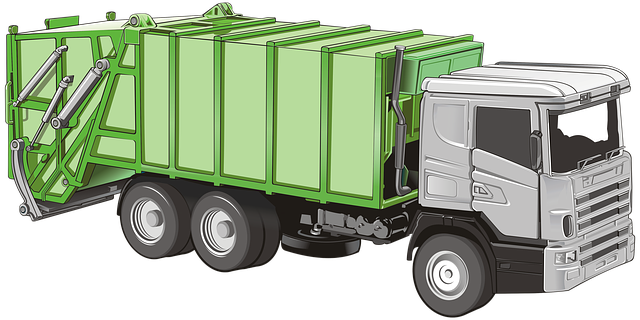
Before you can register your car in California, you’ll need to gather several crucial documents for VIN verification. The Vehicle Identification Number (VIN) is a unique code that identifies your vehicle and is essential during the registration process. Make sure you have your car’s registration certificate or proof of ownership, which can be a title or a bill of sale. These documents will verify your ownership rights. Additionally, you’ll require a valid driver’s license and proof of insurance to complete the registration.
For a smoother process, consider using a mobile vin verifier or scheduling a vin inspection. These services offer convenient options for California residents, as they can assist with the VIN verification step right from your location. A mobile vin inspection ensures that all required documentation is accurate and up-to-date, making your car registration experience more efficient.
The Role of the DMV in Car Registration Process
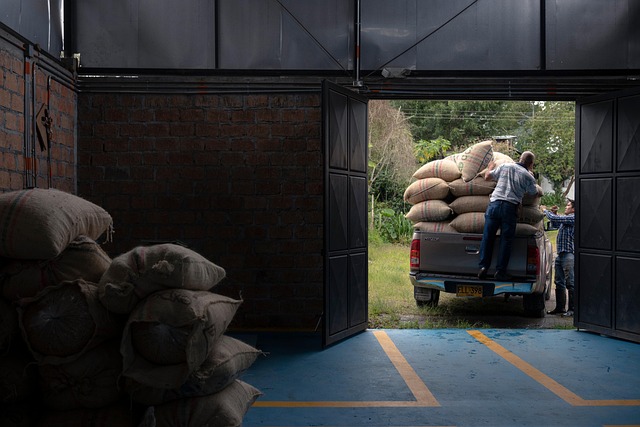
The Department of Motor Vehicles (DMV) plays a pivotal role in the car registration process in California. It acts as the central authority, ensuring that all vehicles on the state’s roads are properly registered and meet safety standards. One crucial aspect of this process involves the VIN verification—a comprehensive check of a vehicle’s unique identification number (VIN). This step is essential to confirm the vehicle’s authenticity, history, and compliance with emission and safety regulations.
By utilizing advanced systems, the DMV can perform vin inspections efficiently, often through mobile vin verifiers. These tools enable on-site checks, making it easier for both customers and DMV staff. The process streamlines registration, ensuring that only legitimate vehicles are registered, thereby enhancing road safety and security in California.
Steps to Register a Vehicle in California: A Guide
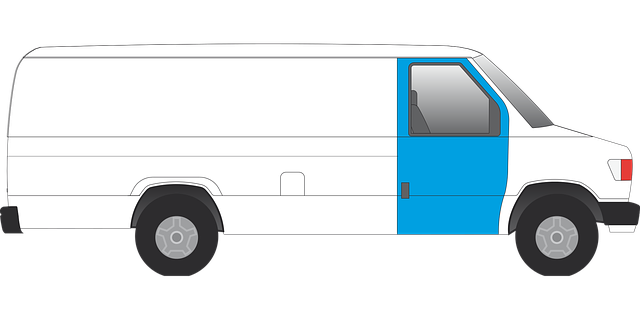
Registering a vehicle in California involves several steps, but with proper preparation, the process can be straightforward. First, ensure that your vehicle meets all legal requirements for registration, including emissions and safety standards. Next, gather essential documents such as proof of ownership (usually a bill of sale or previous registration), proof of insurance, and a valid driver’s license.
Once you have these documents ready, it’s time to initiate the VIN verification process, which is crucial for accurate and secure vehicle registration. You can conduct this through an official California Department of Motor Vehicles (DMV) office or consider using a mobile vin inspection service for added convenience. During the vin inspection, your vehicle’s unique identifier (VIN) will be checked against state records to ensure its authenticity and history. After passing the inspection, you can proceed with filling out the registration application, paying the required fees, and providing additional information as necessary.
Common Mistakes to Avoid During VIN Verification

When going through the process of registering your car in California, one crucial step is the Vehicle Identification Number (VIN) verification. This process ensures that the vehicle you’re about to register is genuine and has not been reported as stolen or had its identity tampered with. However, many people make common mistakes during this critical phase, which can lead to delays or even rejection of their registration application.
One of the frequent errors is providing an inaccurate or incomplete VIN. It’s essential to double-check the VIN number on all official documents and ensure it matches the one displayed on your vehicle’s steering wheel label and its title records. Additionally, rushing through the verification process can be detrimental; taking time to thoroughly inspect the VIN ensures accuracy. With modern technology, you can even opt for a convenient mobile vin verification or vin inspection service, which allows for on-site checks, eliminating potential mistakes caused by incorrect document transmission.
Registering a car in California involves understanding key requirements and navigating the necessary steps. By gathering all required documents, including proof of ownership and identification, and successfully completing the vin verification process, you can ensure your vehicle is legally registered and ready to hit the road. Remember, accurate documentation and attention to detail are crucial during VIN verification to avoid common mistakes and streamline the car registration process in California.
